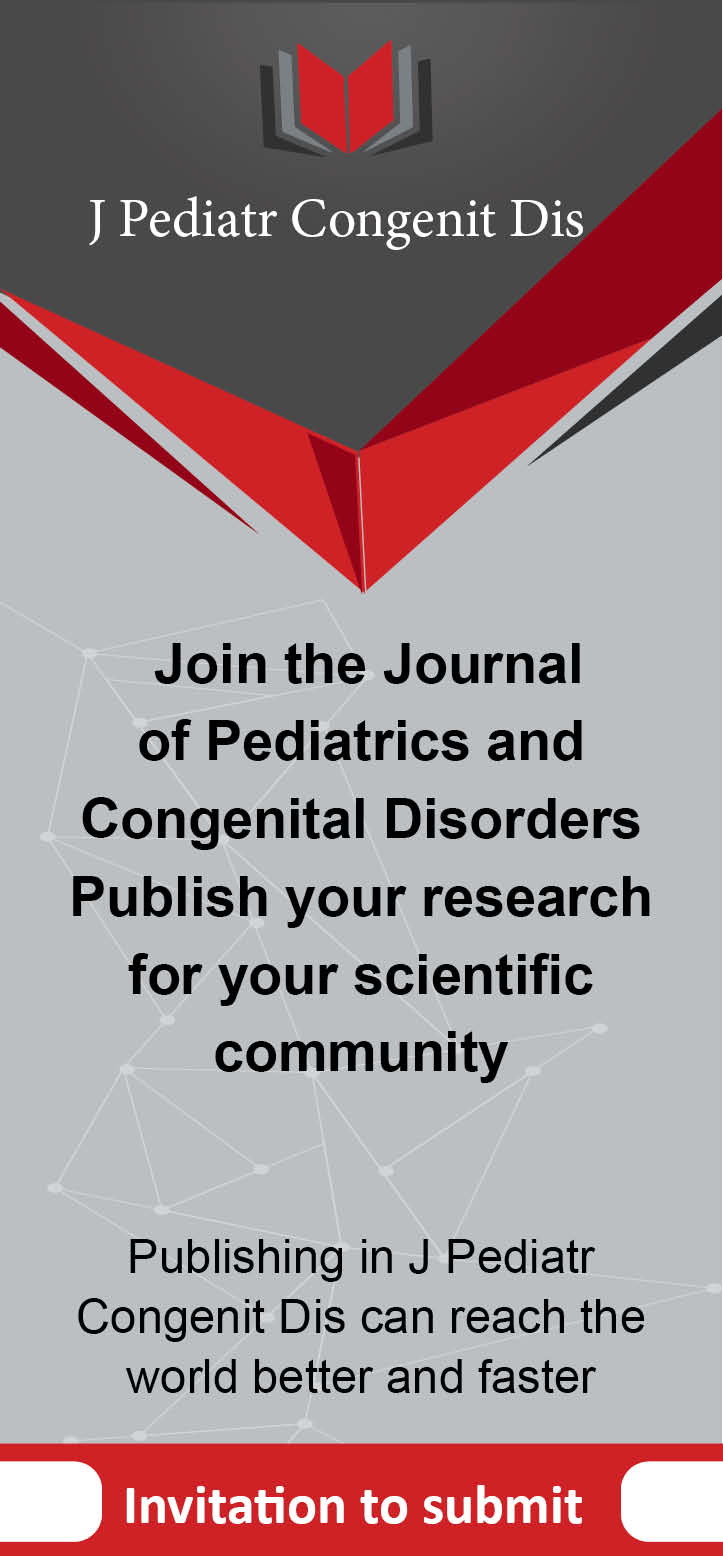Pediatric leukemia remains a significant challenge in oncology, despite advancements in diagnosis and treatment. The heterogeneity of the disease and disparities in outcomes across demographic and socioeconomic factors underscore the need for continued research and improved strategies. This review examines recent developments in diagnostic techniques and treatment approaches for pediatric leukemia, focusing on acute lymphoblastic leukemia (ALL) and acute myeloid leukemia (AML). Diagnostic techniques have evolved to include minimal residual disease (MRD) detection using flow cytometry, qPCR, and next-generation sequencing (NGS), improving sensitivity and accuracy in detecting leukemic cells. Novel imaging technologies and spectroscopy techniques offer non-invasive alternatives for visualizing leukemic cells and detecting central nervous system (CNS) involvement. Genomic analysis has enhanced prognostic prediction and enabled risk-adjusted chemotherapy, reducing relapse rates. Treatment strategies have shifted towards more targeted and personalized approaches, with immunotherapy, particularly chimeric antigen receptor (CAR-T) cell therapy, showing promise for refractory or relapsed cases. Targeted therapies like tyrosine kinase inhibitors have been integrated into standard protocols for specific genetic subtypes. Novel agents such as venetoclax, menin inhibitors, and homoharringtonine are being explored, with the latter showing improved remission rates and survival when used in induction therapy. Future research should focus on addressing challenges such as data variability, model scalability, and unequal access to advanced technologies. Continued innovation is essential to expand the use of these diagnostic and treatment methods globally. Overcoming cost and infrastructure barriers, particularly in low- and middle-income countries (LMICs), will be crucial for the widespread application of these advancements in pediatric leukemia care.
Quicks Links
Topics/Journal Sections
Case Report
Case Studies
Commentary
Editorial
Mini Review
Nutrition
Research Article
Review Article
Short Communication
Volume 6, Issue 1
Volume 6, Issue 2
Volume 7, Issue 1
Volume 7, Issue 2
Volume 8, Issue 1
Volume 8, Issue 2
Volume 9, Issue 1
Volume 9, Issue 2
Volume 10, Issue 1
Volume 11, Issue 1
Previous Issues
- August 2025
- June 2025
- August 2024
- July 2024
- December 2023
- September 2023
- July 2023
- April 2023
- December 2022
- October 2022
- July 2022
- November 2021
- March 2021
- February 2021
- October 2020
- August 2020
- July 2020
- June 2020
- May 2020
- September 2019
- July 2019
- June 2019
- April 2019
- July 2017
- September 2016
- April 2016
- March 2015
- March 2014
Subscribe
 Latest Science News — ScienceDaily
Latest Science News — ScienceDaily
- A missing protein may be aging your immune system December 31, 2025
- This strange ancient snake was hiding in a museum for decades December 31, 2025
- Microplastics are leaking invisible chemical clouds into water December 31, 2025
- Scientists just found the best places to look for ancient life on Mars December 31, 2025
- Even one drink a day may raise mouth cancer risk December 31, 2025
Copyright @ 2019 JPCD

